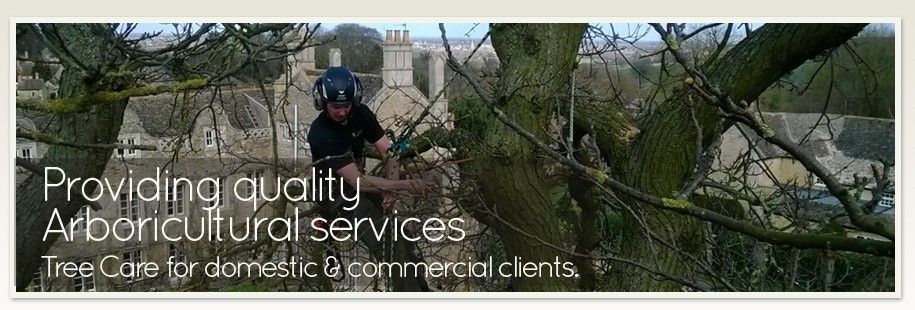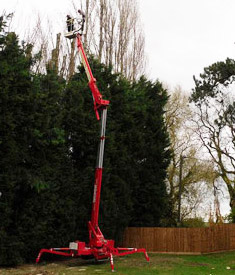Air Spade Services –
Frequently Asked Questions
Is my tree in Decline?
Symptoms of decline include leaf yellowing and/or die-back of branches and twigs. A declining tree is under stress and often more susceptible to other problems such as insect disease or decay caused by fungus, so these may also be useful indicators. If you are unsure about the health of your tree please contact us for a consultation.
Why do trees Decline?
There are many different factors which cause this but many can be traced back to the soil. Prolonged cold, drought, water-logged soils, nutrient deficiencies, physical impedance to root growth and insufficient soil aeration may all be exacerbated by poor soil structure (as in compacted soils). Also fungi and bacteria may enter through pruning wounds and contribute to decline. Honey fungus may even actively colonise the roots and cause decline of trees.
What can I do to prevent decline of my tree?
Maintaining favourable conditions for tree growth will help your tree. Preventing excessive movement of vehicles, humans and other animals over tree roots will prevent soils from becoming compacted, and thus alleviate many problems associated with poor soil structure. Pruning trees in accordance with British Standard BS3998 (2010): Tree Work – Recommendations will reduce the chances of fungi and bacteria colonising the tree. Honey Fungus may be prevented from colonising a tree by excavating soil around the root collar. Planting tree species suitable for the site and climactic conditions will reduce the likelihood of decline as well as planting trees at the correct depth and not over-mulching.
Is tree surgery appropriate for my declining tree?
Tree surgery is unlikely to reverse the decline of a tree. Tree surgery may be appropriate in order to remove diseased parts to prevent spread of disease, or where a tree or branch has become dangerous and needs to be removed for safety reasons. Tree surgery work to parts of the living tree results in the reduction of leaf area or timber which are responsible for the production and storage of energy, respectively - both contributing significantly to a tree’s ability to resist decline
Can anything be done once the tree shows signs of decline?
Yes, in many cases something can be done by restoring favourable conditions for tree growth. Soil structure can be improved by breaking it up to allow air and water to enter it and allow roots to grow. Mulch or nutrient additives can be incorporated to the backfill to improve nutrient availability. This is best done using an Air Spade which is proven to be effective at remediating compacted soil and excavating soil without damaging to the roots.
What will happen to my tree if I don’t do anything?
Your tree is likely to continue to decline until it dies, and as the tree declines it may become unsafe. This may result in a permanent loss of an attractive or old tree which could have otherwise been avoided.
What is an Air Spade?
An Air Spade is a high precision system for excavating soils. A “laser-like” jet of air is produced at approximately 1200mph which penetrates and breaks up soils without damaging tree roots or utilities. This can be applied in a number of different ways to remediate root disorders.
How can the Air Spade be used to help my declining tree?
The Air Spade can be used in a number of ways to help your tree depending on what the causal factors are. This includes excavating excessive soil or mulch built up around the root and root collar or excavating trenches outwards from the stem and incorporating mulch (radial trenching)
Is there any reason to use an Air Spade if my tree is not in decline? What else does the Air Spade do?
The Air Spade is also useful for:
- inspecting the roots or root collar where decay is suspected
- locating roots in proximity to buildings and utilities
- excavating trenches for utilities around tree roots
- preventing infection of trees by Honey fungus
- excavating semi-mature trees prior to relocating them
What should I expect when the Air Spade is being used?
The high-pressure release of air and the running compressor can be quite noisy, and the excavation of soils can generate dust, and stone chip can be dislodged. We will do our best to ensure that any disruption is kept to a minimum.
Literature
Day, S.D. and Harris, R.J. (2008). Growth, survival, and root system morphology of deeply planted Corylus colurna 7 years after transplantingand the effects of root collar excavation. Urban Forest Urban Greening, 7(2), 119–128.
Kozlowski, T.T. (1999). Soil compaction and growth of woody plants. Scandinavian Journal of Forest Research 14(6) p. 596-619 (1999)
Percival et al. (2011). Root Collar Excavation with Trichoderma inoculations as a potential management strategy for Honey Fungus (Armillaria mellea). Arboricultural Journal 2011, Vol. 33, pp. 267–280
Smiley, E.T. (2005) Root growth near vertical barriers. Journal ofArboriculture, 31(3), 150–152.
http://www.air-spade.com
Tommy Plummer Tree Services offers a full Air Spade service.
Please contact us now to find out more or to organise a consultation.
Tel. 01780 460 111 / 07958 648 883
Email: tommy@tpts.co.uk





